New images confirm that the star was partially concealed by a cloud of dust, solving the mystery of the ‘Great Dimming’ of Betelgeuse.
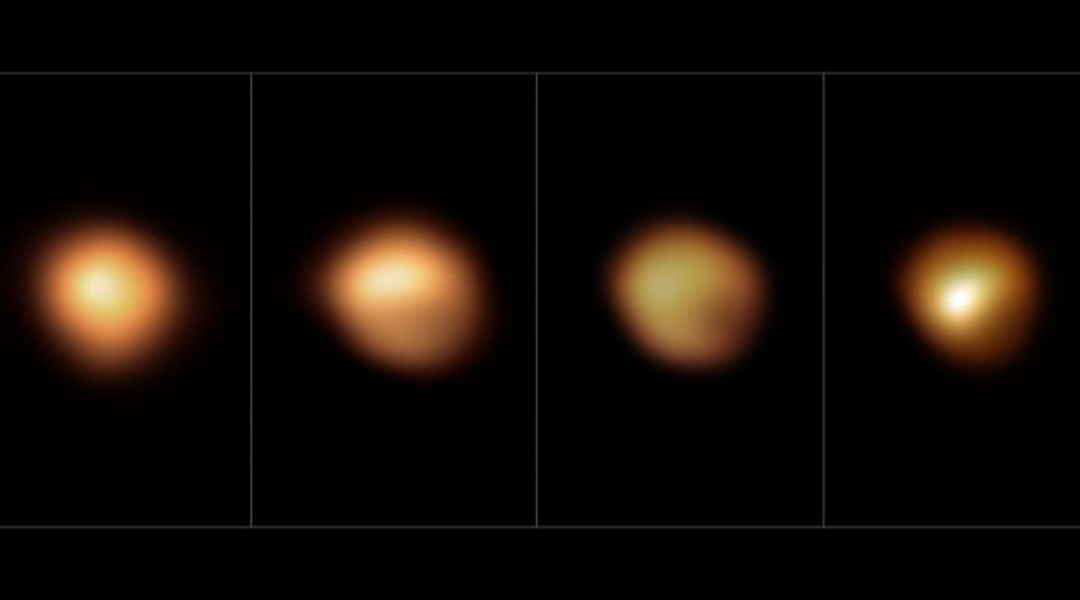

New images confirm that the star was partially concealed by a cloud of dust, solving the mystery of the ‘Great Dimming’ of Betelgeuse.
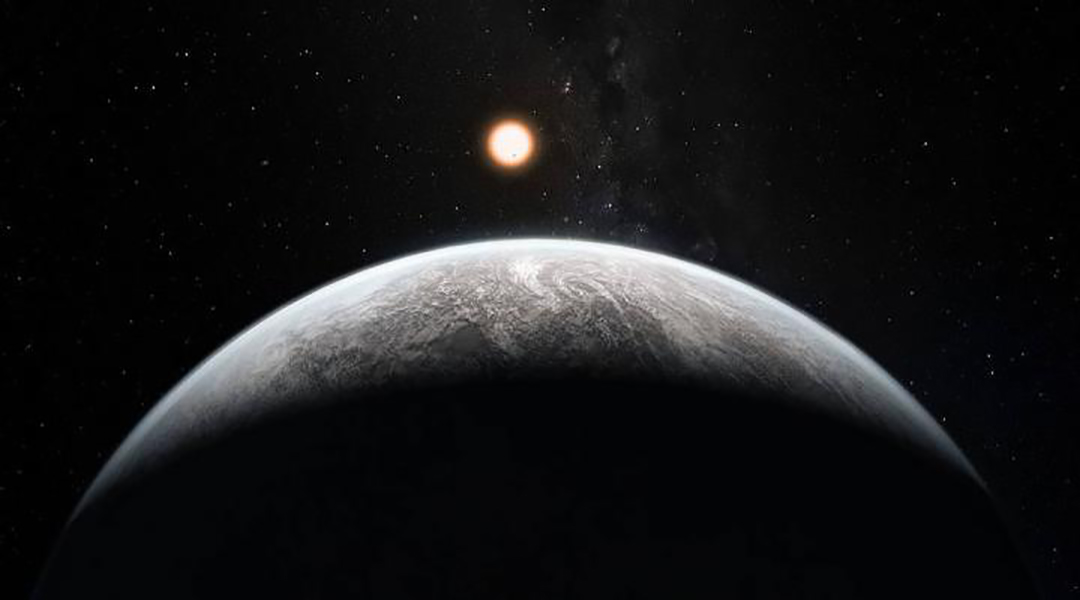
Astronomers have discovered a new, temperate sub-Neptune sized exoplanet with a 24-day orbital period orbiting a nearby M dwarf star.
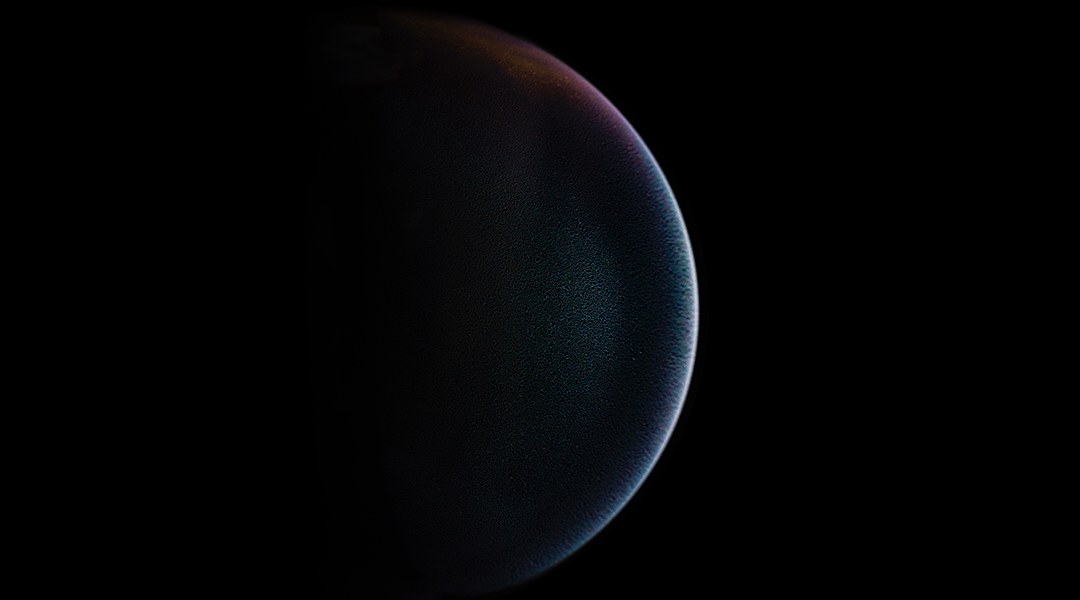
Oxygen is a promising exoplanet biosignature, but several scenarios exist in which a lifeless, rocky planet could evolve to have non-biological oxygen in its atmosphere.
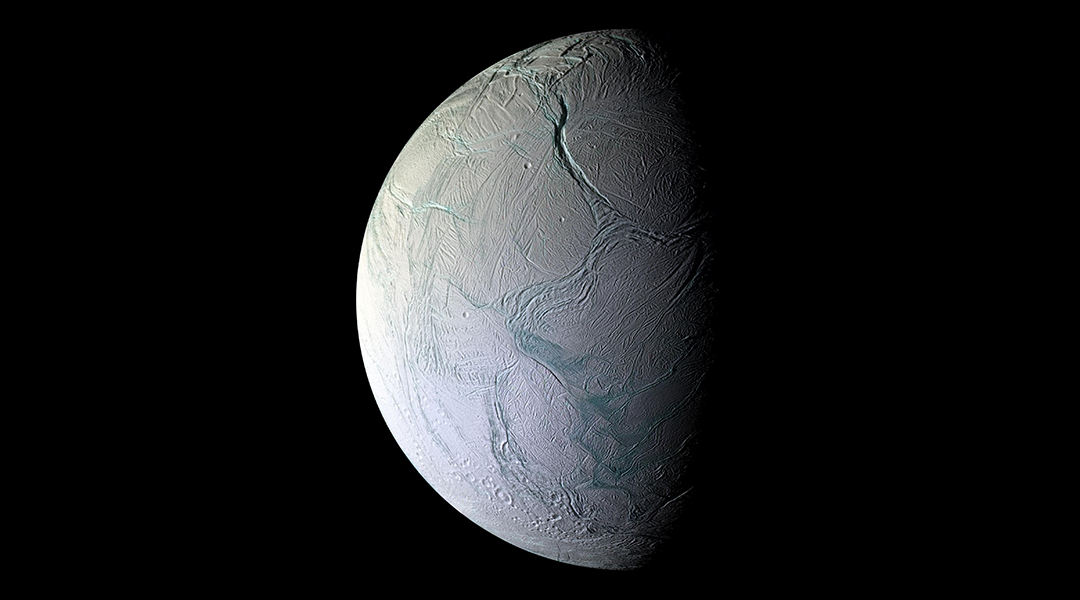
Planets that contain subsurface oceans could be a potential treasure trove of life, expanding the number of habitable planets in the galaxy.

From astronauts to programmers and medical researchers fighting the COVID-19 pandemic, these women are pushing boundaries in STEM.

Three laureates share this year’s Nobel prize in physics for their discoveries about one of the most exotic phenomena in the universe: the black hole.
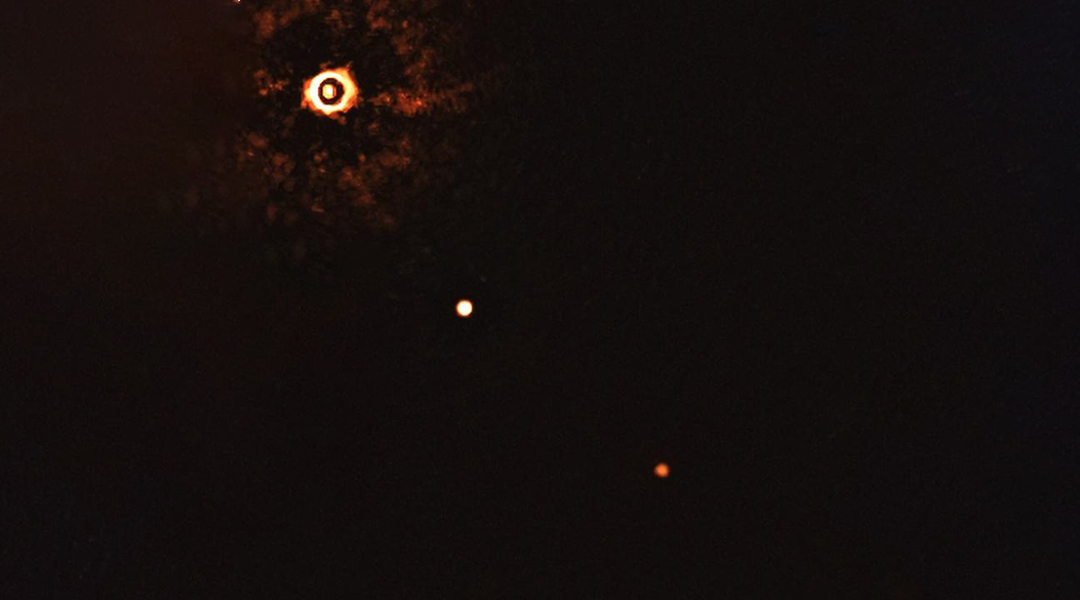
In a rare occurrence, astronomers have directly observed more than one planet orbiting a star similar to the Sun.
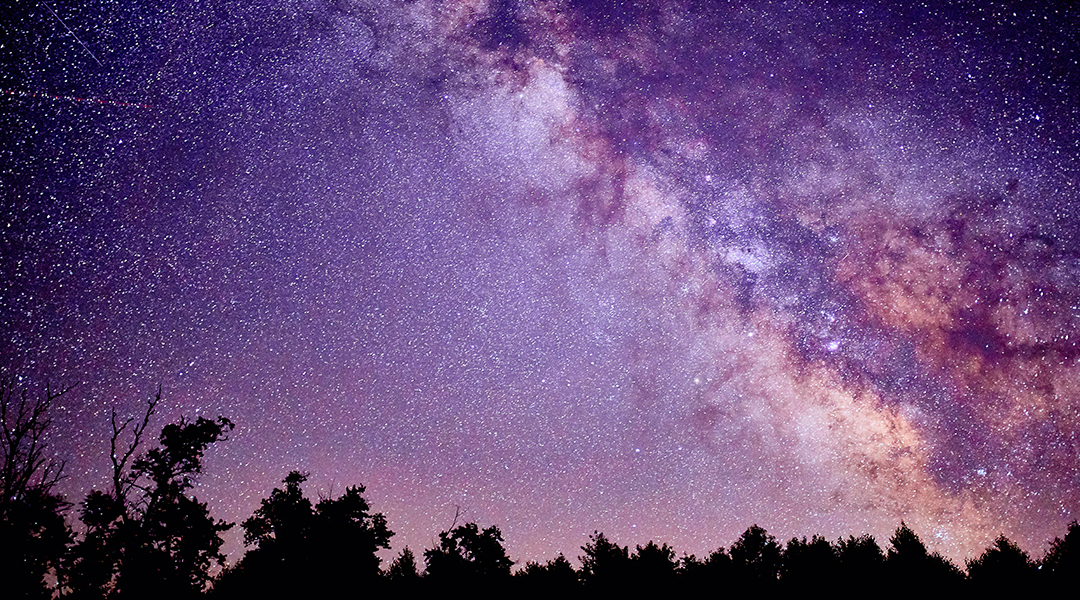
Plate tectonics are important for habitability, and it appears that the optimum conditions existed for planets forming early in the galaxy’s lifespan … and may be unlikely to easily recur.
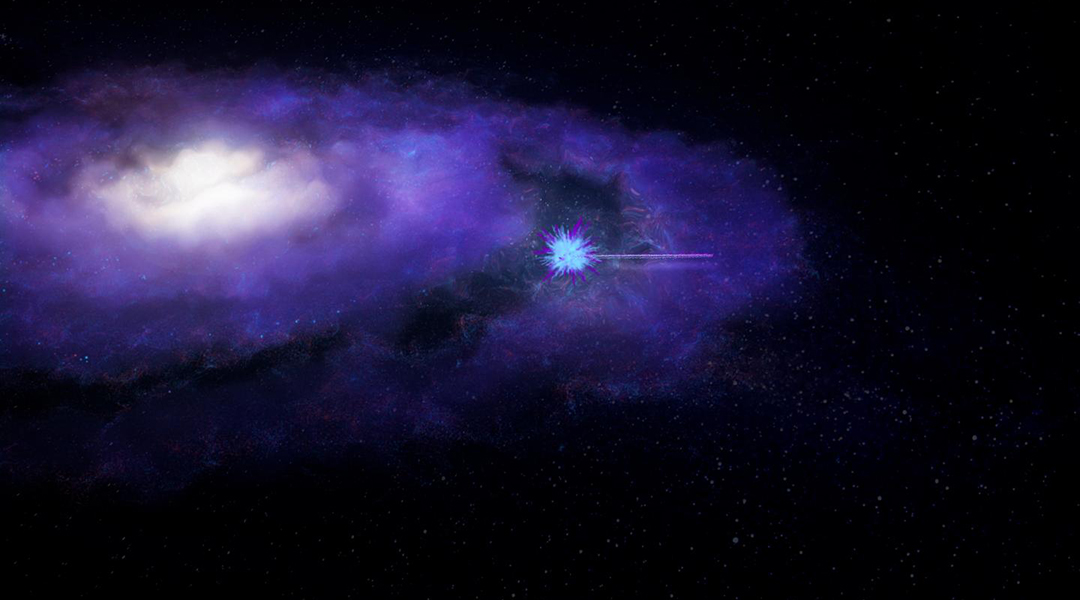
Bright bursts of radio waves help astronomers locate a type of matter that researchers have been searching for for the past 30 years.
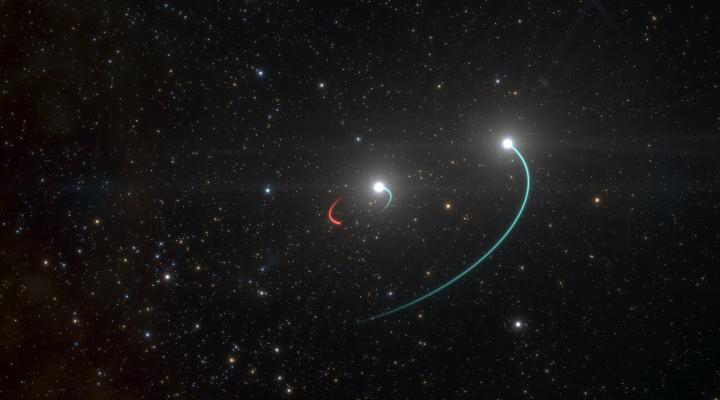
A team of astronomers from the European Southern Observatory (ESO) and other institutes has discovered a black hole lying just 1000 light-years from Earth.